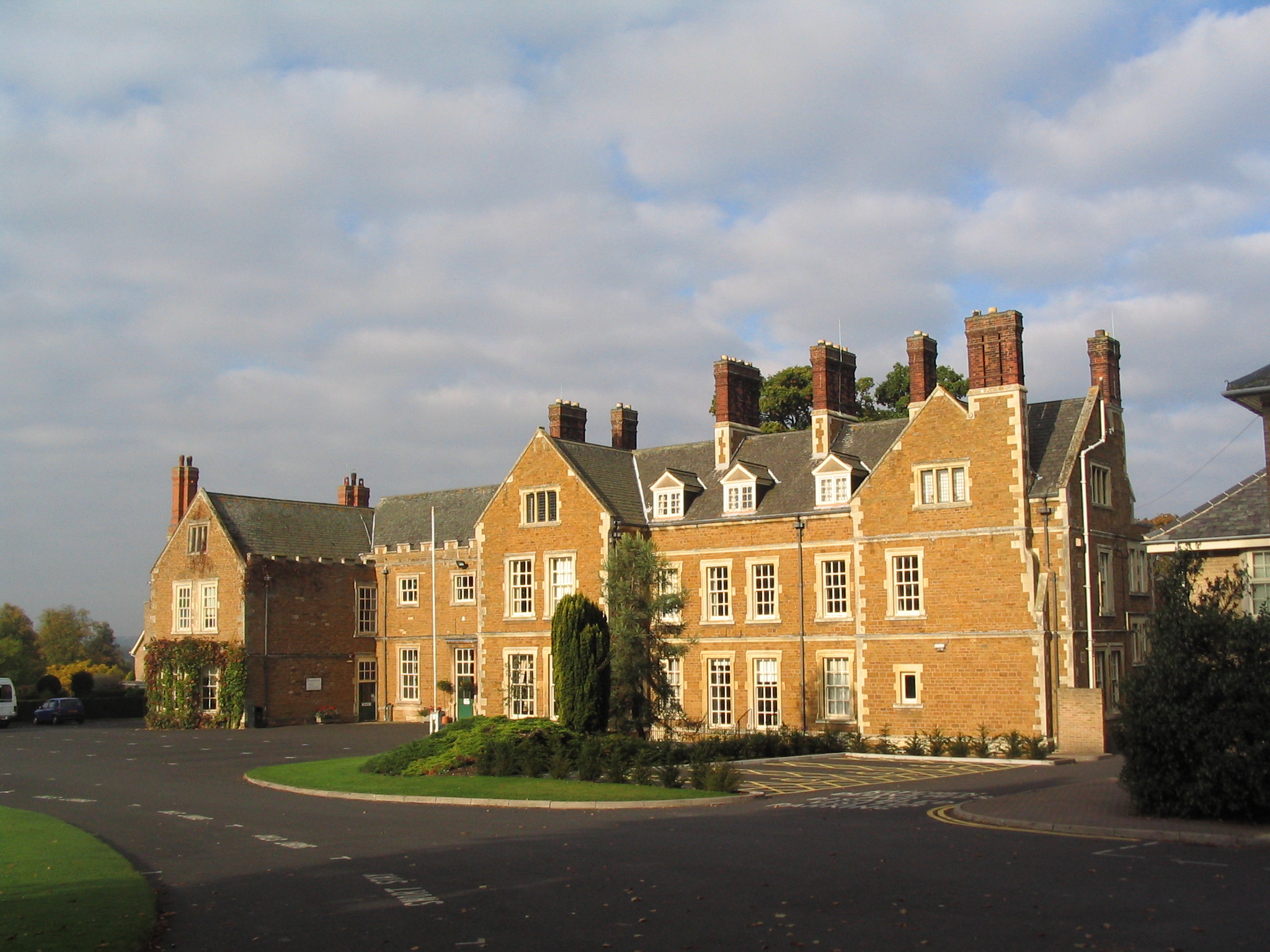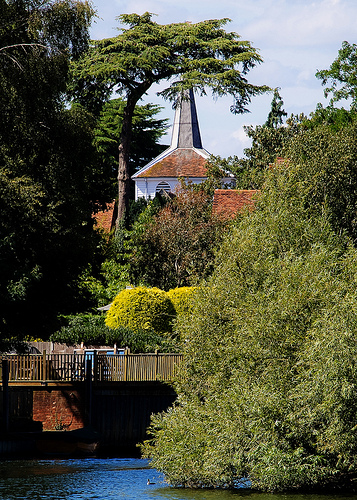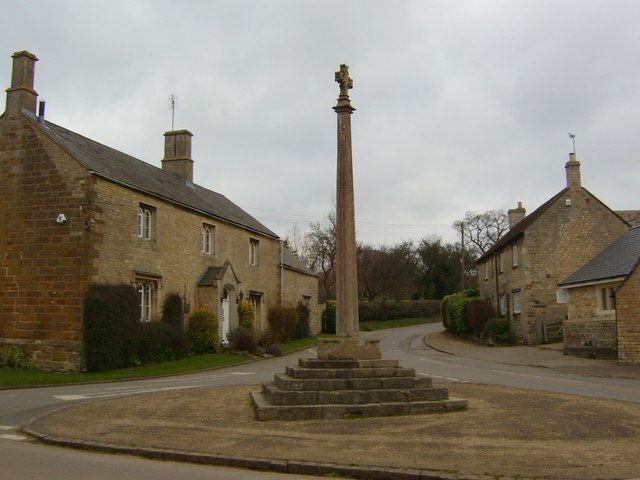|
Sir Edward Villiers
Sir Edward Villiers (c. 1585 – 7 September 1626) was an English nobleman from Leicestershire and member of the Villiers family, whose younger half-brother George Villiers, 1st Duke of Buckingham, was a favourite of both James VI and I and his son Charles. Through his influence, Sir Edward gained various positions, including Master of the Mint, Member of Parliament for Westminster and Lord President of Munster. He died in Ireland in September 1626. Family Edward Villiers, born about 1585, was the second son of Sir George Villiers by his first wife, Audrey Saunders (d. 1587), the daughter and heir of William Saunders (d. 14 July 1582) of Harrington, Northamptonshire, by Frances Zouche, the daughter of William Zouche of Bulwick, Northamptonshire, son of John Zouche, 7th Baron Zouche (c.1440-1527) of Harringworth, who fought for King Richard III at Bosworth Field. He had an elder brother, Sir William Villiers (d. 12 June 1629), created a baronet in 1619, who married Rebe ... [...More Info...] [...Related Items...] OR: [Wikipedia] [Google] [Baidu] |
Brooksby Hall
Brooksby Hall is a late16th-century manor house on 3.2 square kilometres (800 acres) of land between Leicester and Melton Mowbray. Situated northeast of Leicester, the hall and the neighbouring church of St Michael and All Angels are the last remnants of the medieval village of Brooksby, which was founded during the period of the Danelaw in the 9th century AD. In the 15th and 16th centuries Brooksby was depopulated by enclosures carried out by the estate's owners, which turned its cultivated land into sheep pastures in order to profit from a boom in wool. A 31-acre garden adjoins the hall, leading down to the River Wreake and the railway line from Leicester to Peterborough. The hall, which is Grade II* listed, was occupied for centuries by the Villiers family and later by Admiral David Beatty, the British commander at the Battle of Jutland in 1916. It is now part of the Brooksby Melton College and is also used as a wedding and conference venue. Architecture A manor house has ... [...More Info...] [...Related Items...] OR: [Wikipedia] [Google] [Baidu] |
Charles I Of England
Charles I (19 November 1600 – 30 January 1649) was King of England, Scotland, and Ireland from 27 March 1625 until Execution of Charles I, his execution in 1649. He was born into the House of Stuart as the second son of King James VI of Scotland, but after his father inherited the English throne in 1603, he moved to England, where he spent much of the rest of his life. He became heir apparent to the kingdoms of England, Scotland, and Ireland in 1612 upon the death of his elder brother, Henry Frederick, Prince of Wales. An unsuccessful and unpopular attempt to marry him to the Spanish Habsburg princess Maria Anna of Spain, Maria Anna culminated in an eight-month visit to Spain in 1623 that demonstrated the futility of the marriage negotiation. Two years later, he married the House of Bourbon, Bourbon princess Henrietta Maria of France. After his 1625 succession, Charles quarrelled with the Parliament of England, English Parliament, which sought to curb his royal prerogati ... [...More Info...] [...Related Items...] OR: [Wikipedia] [Google] [Baidu] |
George Washington
George Washington (February 22, 1732, 1799) was an American military officer, statesman, and Founding Father who served as the first president of the United States from 1789 to 1797. Appointed by the Continental Congress as commander of the Continental Army, Washington led the Patriot forces to victory in the American Revolutionary War and served as the president of the Constitutional Convention of 1787, which created the Constitution of the United States and the American federal government. Washington has been called the " Father of his Country" for his manifold leadership in the formative days of the country. Washington's first public office was serving as the official surveyor of Culpeper County, Virginia, from 1749 to 1750. Subsequently, he received his first military training (as well as a command with the Virginia Regiment) during the French and Indian War. He was later elected to the Virginia House of Burgesses and was named a delegate to the Continental Congress ... [...More Info...] [...Related Items...] OR: [Wikipedia] [Google] [Baidu] |
Lawrence Washington (1602–1653)
Laurence or Lawrence Washington may refer to: *Laurence Washington (MP for Maidstone) (1546–1619), Member of Parliament (MP) for Maidstone *Lawrence Washington (1622–1662), MP for Malmesbury *Lawrence Washington (1565–1616), Mayor of Northampton, great-great-great-grandfather of George Washington * Lawrence Washington (1602–1653), great-great-grandfather of George Washington * Lawrence Washington (1659–1698), grandfather of George Washington *Lawrence Washington (1718–1752), George Washington's half-brother and mentor *Lawrence Augustine Washington (1774–1824), nephew of George Washington *Lawrence Berry Washington (1811–1856), great-grandnephew of George Washington * Lawrence C. Washington (born 1951), American mathematician See also * W. H. Lawrence (industrialist) (Washington Herbert Lawrence, 1840–1900), American industrialist *Lawrence, Washington Lawrence is an unincorporated community in Whatcom County, in the U.S. state of Washington Washington commonly ... [...More Info...] [...Related Items...] OR: [Wikipedia] [Google] [Baidu] |
John Boteler, 1st Baron Boteler Of Brantfield
John Boteler, 1st Baron Boteler of Brantfield, (''c.'' 1566 – 27 May 1637) was an English politician who sat in the House of Commons from 1625 to 1626. The Butlers of Hertfordshire claimed descent from Ralph le Boteler, butler to Robert de Beaumont, Count of Meulan and Earl of Leicester in the time of Henry I, and by the 15th century they had been seated at Watton for some time. Life Boteler was the son and heir of Sir Henry Boteler of Hatfield Woodhall and of Brantfield, Hertfordshire, by his first wife, Catharine, daughter of Robert Waller, of Hadley, Middlesex. He was knighted at Greenwich in July 1607, and succeeded his father on 20 January 1609, aged 43. He was created baronet of Hatfield Woodhall on 12 April 1620. In 1625, he was elected Member of Parliament for Hertfordshire. He was re-elected M.P. for Hertfordshire in 1626. He was created '' Baron Boteler of Brantfield'', co. Hertford, on 30 July 1628.G. E. Cokayne''The Complete Peerage'' (London: The St. Catherine P ... [...More Info...] [...Related Items...] OR: [Wikipedia] [Google] [Baidu] |
Thames Ditton
Thames Ditton is a suburban village on the River Thames, in the Elmbridge borough of Surrey, England. Apart from a large inhabited island in the river, it lies on the southern bank, centred 12.2 miles (19.6 km) southwest of Charing Cross in central London. Thames Ditton is just outside Greater London but within the Greater London Urban Area as defined by the Office for National Statistics. Its clustered village centre and shopping area on a winding High Street is surrounded by housing, schools and sports areas. Its riverside faces the Thames Path and Hampton Court Palace Gardens and golf course in the London Borough of Richmond upon Thames. Its most commercial area is spread throughout its conservation area and contains restaurants, cafés, shops and businesses. Its railway station, one of two on the Hampton Court branch line, is from the riverside end of the village centre and the village of Weston Green that hived off from it in 1939. Thames Ditton joins Long Ditto ... [...More Info...] [...Related Items...] OR: [Wikipedia] [Google] [Baidu] |
Baronet
A baronet ( or ; abbreviated Bart or Bt) or the female equivalent, a baronetess (, , or ; abbreviation Btss), is the holder of a baronetcy, a hereditary title awarded by the British Crown. The title of baronet is mentioned as early as the 14th century, however in its current usage was created by James VI and I, James I of England in 1611 as a means of raising funds for the crown. A baronetcy is the only British Hereditary title, hereditary honour that is not a peerages in the United Kingdom, peerage, with the exception of the Anglo-Irish Knight of Glin, Black Knights, White Knight (Fitzgibbon family), White Knights, and Knight of Kerry, Green Knights (of whom only the Green Knights are extant). A baronet is addressed as "Sir" (just as is a knight) or "Dame" in the case of a baronetess, but ranks above all knighthoods and damehoods in the Orders of precedence in the United Kingdom, order of precedence, except for the Order of the Garter, the Order of the Thistle, and the dormant ... [...More Info...] [...Related Items...] OR: [Wikipedia] [Google] [Baidu] |
Battle Of Bosworth Field
The Battle of Bosworth or Bosworth Field was the last significant battle of the Wars of the Roses, the civil war between the houses of Lancaster and York that extended across England in the latter half of the 15th century. Fought on 22 August 1485, the battle was won by an alliance of Lancastrians and disaffected Yorkists. Their leader Henry Tudor, Earl of Richmond, became the first English monarch of the Tudor dynasty by his victory and subsequent marriage to a Yorkist princess. His opponent Richard III, the last king of the House of York, was killed during the battle, the last English monarch to die in combat. Historians consider Bosworth Field to mark the end of the Plantagenet dynasty, making it one of the defining moments of English history. Richard's reign began in 1483 when he seized the throne from his twelve-year-old nephew Edward V. The boy and his younger brother Richard soon disappeared, to the consternation of many, and Richard's support was further eroded by ... [...More Info...] [...Related Items...] OR: [Wikipedia] [Google] [Baidu] |
Richard III
Richard III (2 October 145222 August 1485) was King of England and Lord of Ireland from 26 June 1483 until his death in 1485. He was the last king of the House of York and the last of the Plantagenet dynasty. His defeat and death at the Battle of Bosworth Field, the last decisive battle of the Wars of the Roses, marked the end of the Middle Ages in England. Richard was created Duke of Gloucester in 1461 after the accession of his brother King Edward IV. In 1472, he married Anne Neville, daughter of Richard Neville, 16th Earl of Warwick. He governed northern England during Edward's reign, and played a role in the invasion of Scotland in 1482. When Edward IV died in April 1483, Richard was named Lord Protector of the realm for Edward's eldest son and successor, the 12-year-old Edward V. Arrangements were made for Edward V's coronation on 22 June 1483. Before the king could be crowned, the marriage of his parents was declared bigamous and therefore invalid. Now officially i ... [...More Info...] [...Related Items...] OR: [Wikipedia] [Google] [Baidu] |
Harringworth
Harringworth is a village and civil parish in North Northamptonshire, England. It is located close to the border with Rutland, on the southern bank of the River Welland, and around north of Corby. At the 2001 Census, the population of the parish was 247, falling to 241 at the 2011 Census. The area is dominated by the Welland Viaduct (known locally as the Harringworth Viaduct) that gracefully crosses the Welland and its flood plain immediately to the west of the village. History The villages name origin is uncertain. 'Enclosure of the dwellers at the stone(y) place' or 'enclosure at Haering (= stone(y) place)'. Alternatively, the first element may be a personal name, 'Hering/Haerra'. In 1086 Harringworth was considered a large village in the hundred of Corby, one of many possessions of the Countess Judith. The manor was acquired at some time before 1232 by William I de Cantilupe (died 1239), 1st feudal baron of Eaton Bray in Bedfordshire, who created a deer park, complet ... [...More Info...] [...Related Items...] OR: [Wikipedia] [Google] [Baidu] |
John La Zouche, 7th Baron Zouche, 8th Baron St Maur
John la Zouche, 7th Baron Zouche, 8th Baron St Maur (1459–1526) was a Yorkist nobleman and politician. He was noted for his loyalty to Richard III, under whose command he fought at the Battle of Bosworth, where Richard was killed. Under the victorious Tudor dynasty he suffered attainder and forfeiture of his property, but he was eventually restored to royal favour, due partly to a marriage connection to the new King's mother. Background John la Zouche was the son of William la Zouche, 6th Baron Zouche and his first wife, Katherine Lenthall, daughter of Sir Rowland Lenthall, Sheriff of Herefordshire and his wife Lucy Grey, daughter of the 4th Baron Grey of Codnor. His father had inherited the barony of St Maur through his mother Alice St Maur, first wife of William la Zouche, 5th Baron Zouche (c. 1402 – 1462), and daughter of Sir Richard St. Maur (died 6 January 1409) by Mary Pever, the daughter of Thomas Pever (died 22 September 1429). After the death of Alice St Maur, the ... [...More Info...] [...Related Items...] OR: [Wikipedia] [Google] [Baidu] |
Northamptonshire
Northamptonshire (; abbreviated Northants.) is a county in the East Midlands of England. In 2015, it had a population of 723,000. The county is administered by two unitary authorities: North Northamptonshire and West Northamptonshire. It is known as "The Rose of the Shires". Covering an area of 2,364 square kilometres (913 sq mi), Northamptonshire is landlocked between eight other counties: Warwickshire to the west, Leicestershire and Rutland to the north, Cambridgeshire to the east, Bedfordshire to the south-east, Buckinghamshire to the south, Oxfordshire to the south-west and Lincolnshire to the north-east – England's shortest administrative county boundary at 20 yards (19 metres). Northamptonshire is the southernmost county in the East Midlands. Apart from the county town of Northampton, other major population centres include Kettering, Corby, Wellingborough, Rushden and Daventry. Northamptonshire's county flower is the cowslip. The Soke of Peterborough fal ... [...More Info...] [...Related Items...] OR: [Wikipedia] [Google] [Baidu] |








